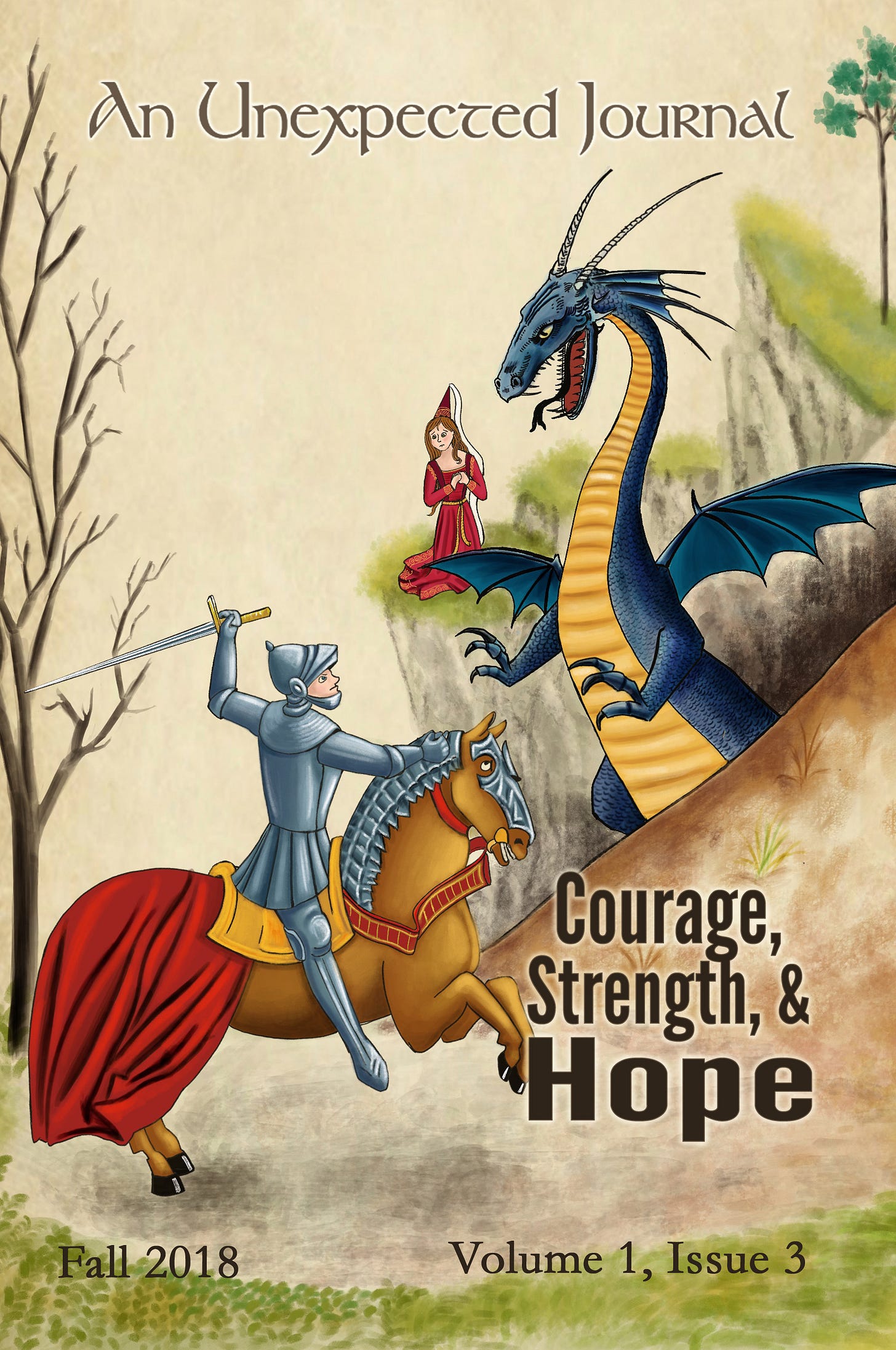Visitors from all over the world are drawn to the city of Rome and among all of the city’s historical and artistic sites, one of the biggest draws is the Fountain of Trevi. A visit to the city is simply not complete if one has not visited and tossed their coins into the fountain.
The site is familiar to those who have never visited Rome. It has been filmed in several movies such as La Dolce Vita (The Sweet Life)[1] and Three Coins in a Fountain. In the latter, the fountain is a focal point of the plot line and includes the legend that claims if one tosses three coins over the left shoulder into the fountain, the person will return to Rome and find their true love.[2] It is a place where hopes are fulfilled.
There is a sense of peace and a desire to linger when walking near the fountain. People can be found sitting around the fountain at any hour of the day. It is a meeting place; a place where if a wish is made, that wish will come true.
Where does this sense of hope come from? Looking at the images in the sculpture, at first glance one would think it was created in the pre-Christian era of the Roman Empire. It was not. It was actually created by Nicola Salvi through a commission of Pope Clement XII in 1730 AD. Neither Clement nor Salvi lived to see the full design of the project to completion. All of the elements of the design were finally finished and the fountain inaugurated on May 22, 1762 AD.[3]
While the current fountain was designed in the 18th century, various fountains have been at the site since shortly before the time of Christ. The earliest legend of the site tells us that in 19 BC a virgin led weary Roman soldiers to the spot where they found fresh water. An aqueduct was built from this spot to bring water to the city. Later, the Church of St. Ignatius was built at this location.[4]
Plain prophecies were given to the Jewish people to watch for the Redeemer of Yahweh, who chose them as his own people. However, embedded in the myths of every culture are hints and promises of God. Some were more explicit like the sayings of the Greek Sibylline Oracles. Others, like the legend were a hint and a foreshadowing. As the virgin Mary brought forth the Savior of the world, a virgin leads the weary to the source of fresh and ever flowing water.[5] [6]
Salvi designed Ocean to be the focal point of the scene who is "the personification of an immense river that flows around the earth and from which all streams of water derive."[7] Water represents life and the Holy Spirit in the Bible. One of the most dramatic visions in the Bible was written by John in his Revelation; John describes a river of the water of life flowing from the throne of God.[8] This fountain could be a depiction of that vision with Ocean triumphing over all who oppose him and his never ending flood of justice going before him.[9]
On either side of Ocean stand Abundance and Health; they follow behind in his victory. As Jesus, the giver of living water said, "I come that you might have life, and have it more abundantly."[10] He suffered a tortuous whipping to pay the price for our healing.[11] The redemption of Christ is not just of spirit in the distant future, but a reclaiming and restoration in the here and now.
The scene is a visual depiction of the power won at the cross and brought onto earth at the resurrection. We read the verses, but do we understand the shaking that went on when the sun went dark and the curtain was rent? The warring horses led by tritons over the tumult of the water echo the sense of that power.
In the middle of the depths of depression, David wrote in Psalm 42 "Deep calls to deep in the roar of your waterfalls."[12] Water speaks to us. Even if we are not looking for God, He speaks to us by water. It brings forth a stillness, a wanting to connect. Before God breathed life into Adam, his spirit hovered over the surface of the water.[13]
Water is a symbol of life and of new beginnings. Jesus said that whoever believes in him “from his innermost being will flow rivers of living water.” (John 7:38) It is a representation of that life eternal, a wellspring that will never run dry. This magnificent [1] fountain is a physical depiction of the force of that desire. The Trevi Fountain brings a sense of homecoming and a looking forward to full and complete restoration[2] - a day when war has ceased and strife and contention is no more.
First published in An Unexpected Journal: Courage, Strength, & Hope (2018)
Endnotes
[1] La Dolce Vita, directed by Federico Fellini (Cineriz, 1960), accessed September 17, 2015, http://www.imdb.com/title/tt0053779/.
[2] Three Coins in the Fountain, Directed by Jean Negulesco (20th Century Fox, 1954), accessed September 17, 2015, http://www.imdb.com/title/tt0047580/.
[3] “History,” The Trevi Fountain, accessed September 17, 2015, http://www.trevifountain.net/trevifountainhistory3.htm.
[4] Ibid.
[5] Matthew 11:28-29.
[6] John 4:14.
[7] “Iconography,” The Trevi Fountain, accessed September 17, 2015, http://www.trevifountain.net/iconography.htm.
[8] Revelation 22:1.
[9] Amos 5:24.
[10] John 10:10b.
[11] Isaiah 53:5.
[12] Psalm 42:7
[13] Genesis 1:2.





